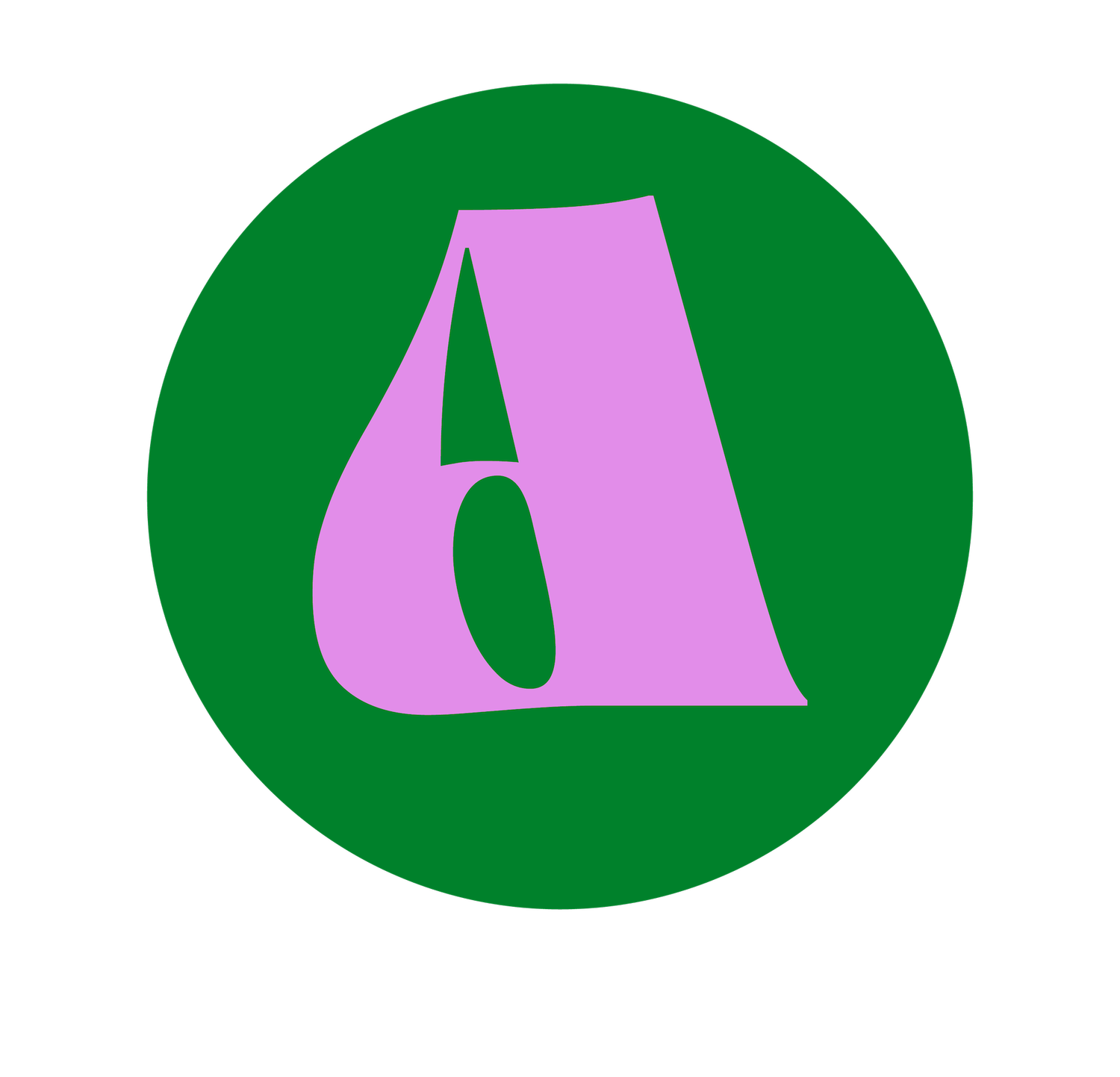Unlocking Professionalism: Using 'Dear' in Your Formal Email Communication
👋🏻 Hello guys! I’m back after Easter break. I thought I’d kick-start April with a Business English/formal blog entry!
🤓 Something that has come up a lot lately is writing in a business/formal context. Did you know that the word “dear” is the most appropriate salutation for formal email correspondence? The majority of my business English students had been avoiding this word as it doesn’t translate well to their mother tongue. They associate with its other meaning: regarded with deep affection. Disassociate from that connotation! Dear is simply used at the beginning of a letter/email to greet the person you are writing to.
Dear Sir/Madam…
Do you need to learn how to write effective business English emails? I can help you!
Writing an effective business English email involves several key elements to ensure clarity, professionalism, and effectiveness. Here's a step-by-step guide:
Clear Subject Line:
The subject line should accurately summarise the content of the email.
It should be concise and relevant to the recipient.
2. Formal Greeting:
Start your email with a formal greeting, using the recipient's name if possible.
Examples: "Dear Mr. Smith," "Hello Dr. Johnson," "Good morning, Ms. Lee," etc.
3. Introduction:
Begin with a brief introduction if necessary, stating the purpose of your email.
Provide context if the recipient may not be familiar with you or the subject matter.
4. Main Body:
Clearly articulate your message, providing all necessary details.
Use short paragraphs and bullet points to improve readability.
Be concise and to the point, avoiding unnecessary jargon or filler language.
If discussing multiple topics, consider using headings or numbering to organize the content.
5. Professional Tone:
Maintain a professional and courteous tone throughout the email.
Avoid slang, abbreviations, or overly casual language.
Use polite phrases such as "please," "thank you," and "I appreciate your time."
6. Clarity and Specificity:
Clearly state what action, if any, you expect from the recipient.
Provide specific details such as deadlines, quantities, or any other relevant information.
Avoid ambiguity or vague language that could lead to misunderstandings.
7. Closing:
Close the email with a polite closing statement.
Examples: "Thank you for your attention to this matter," "I look forward to hearing from you soon," "Please let me know if you have any questions."
8. Signature:
End your email with your full name and any relevant contact information.
Include your job title and company name if applicable.
Optionally, you can include a professional email signature with additional details such as your phone number or website.
9. Proofreading:
Before sending, carefully proofread your email for grammar, spelling, and punctuation errors.
Consider using spell-checking tools or asking a colleague to review it for you.
10. Attachments and Formatting:
If you're attaching files, mention them in the body of the email and ensure they're properly labeled and relevant to the content.
Pay attention to formatting, using standard fonts and font sizes for better readability.
Book a call!
🧐 If you’re thinking about booking a free call with me, we can discuss my Business English course in more detail. Whether you're looking for specific requirements, or simply have questions about this course, I'm here to provide personalised assistance tailored to your needs.
☎️ To schedule your complimentary consultation, simply click here at your earliest convenience. I look forward to the opportunity to connect with you and discuss how we can start a business English course.




If you don’t want to make a long-term commitment just yet, pay as you go might be the best option for you. This allows you to try out my English lessons before committing to a more extended period. This is particularly beneficial if you want to assess my teaching style, compatibility, and effectiveness of the lessons.
How does it work?
🟠 One hour lesson
🟢 Microsoft Teams
🔵 Can be scheduled Monday-Friday, 9am - 7pm (BST)
🔴 Lesson material emailed to you after the session
🟤 Homework for further English practice!
❗️ 24 hour cancellation policy (If a student or the tutor cancels a scheduled lesson, this will be postponed to a later date convenient to both. The student may postpone a lesson by giving a minimum of 24 hours notice to the teacher in which case prepaid lessons will not be counted. However, there will be no monetary reimbursement for any paid fees under any circumstance of cancellation of unattended lessons.)